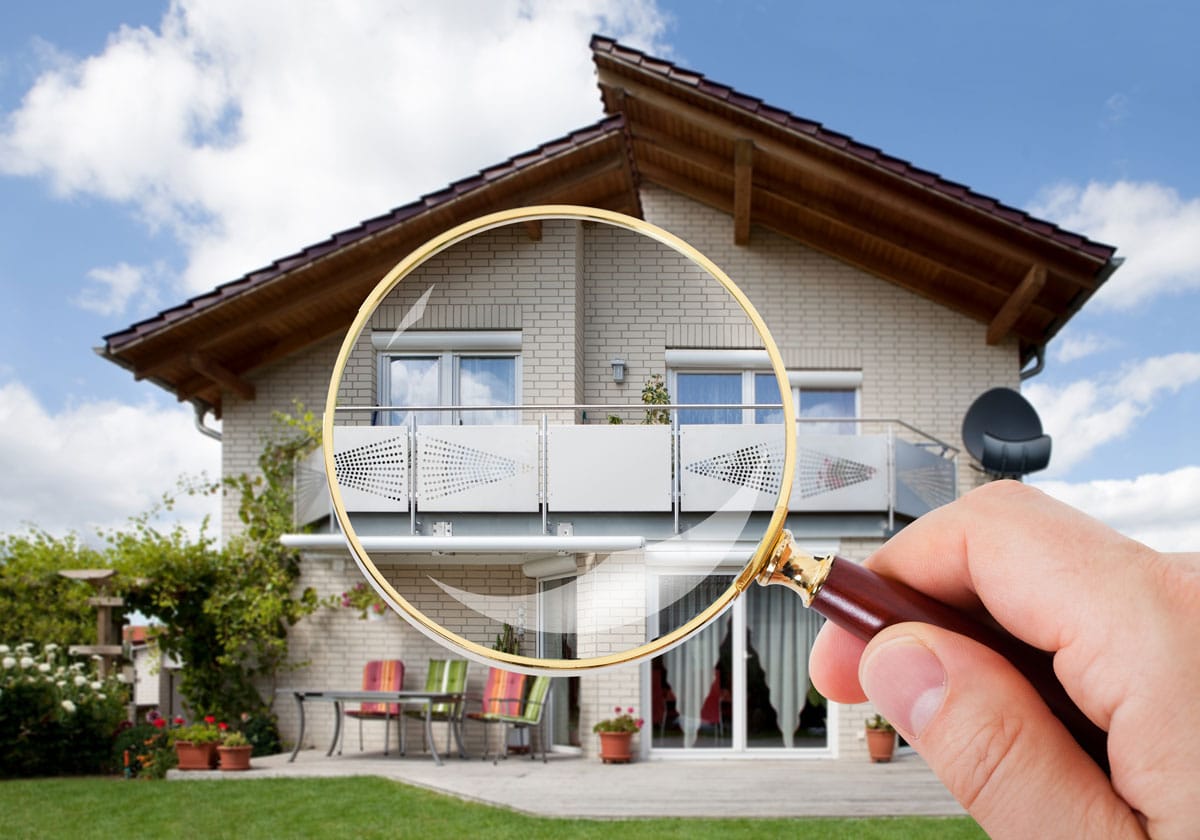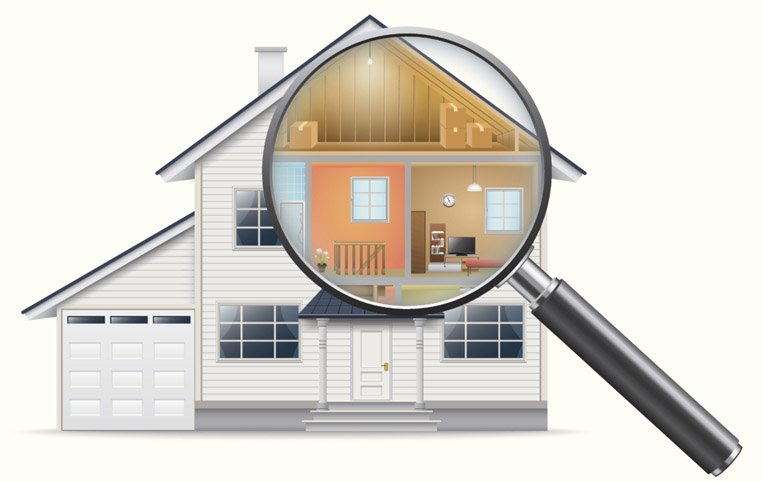Phoenix property inspections with comprehensive reports for real estate transactions
Phoenix property inspections with comprehensive reports for real estate transactions
Blog Article
What Is Included in a Thorough Building Examination Process?
An extensive home assessment procedure is important for making sure and securing financial investments safety and security. It includes a precise assessment of structural stability, electrical systems, pipes, and A/c systems, amongst various other crucial elements. What, after that, are the most important elements that can make or damage a building analysis?
Summary of Home Evaluation

The inspection incorporates numerous vital locations, consisting of the outside and indoor aspects, systems such as pipes and electric, and any type of noticeable structural components (Phoenix property inspections). During the procedure, the examiner documents the problem of these elements, searching for signs of wear, damage, or prospective dangers
An extensive residential property inspection not only aids potential purchasers make notified decisions but additionally assists present owners in understanding necessary repairs or upkeep jobs. By providing an in-depth report of searchings for, the evaluation allows stakeholders to prioritize problems that may call for immediate focus or can influence future financial investment.
Moreover, an efficient assessment procedure sticks to developed market standards and standards, making sure a dependable and constant evaluation. Overall, the residential or commercial property examination procedure is a crucial tool in realty purchases, promoting transparency and safeguarding both customer and vendor interests.
Architectural Analysis

Throughout the examination, specialists analyze numerous components, including the structure, framework, wall surfaces, and roof systems. They search for indications of changing or clearing up, such as fractures in wall surfaces or uneven floorings, which can symbolize underlying issues. The assessment likewise involves examining the top quality of building and construction materials and techniques utilized, guaranteeing compliance with building ordinance and requirements.
In addition, assessors may look for indicators of moisture intrusion, which can bring about wood rot and mold and mildew, additional compromising structural stability. They additionally assess load-bearing aspects to ensure they can appropriately support the weight of the building and its components.
Inevitably, a comprehensive structural evaluation supplies vital insights for prospective buyers and property owners, enabling them to make informed decisions relating to residential or commercial property financial investments and needed upkeep. By determining architectural issues early, owners can address problems proactively, protecting the long-term value and safety and security of the home.
Electrical System Evaluation
An efficient electric system evaluation is essential in the residential or commercial property assessment procedure, as it examines the safety and security, performance, and compliance of a structure's electrical framework - Commercial property inspections. This analysis usually includes a detailed evaluation of the primary electrical panel, breaker, and wiring systems. Examiners search for indicators of wear, deterioration, or damage that may jeopardize safety and security
The assessment consists of screening for adequate grounding and bonding, making certain that the electrical system is correctly linked to stop electric shock or fire hazards. Examiners also evaluate the capability of the electric system to take care of the current tons, identifying official website any kind of possible straining issues that might bring about interruptions or failings.
Furthermore, the assessment checks for the existence of GFCI (Ground Mistake Circuit Interrupter) and AFCI (Arc Fault Circuit Interrupter) devices in ideal places, which are important for securing versus electric shocks and avoiding fires. Compliance with local building regulations and laws is likewise validated to make certain that any setups or alterations satisfy safety requirements.

Plumbing and Cooling And Heating Checks
Complying with the electric system assessment, the plumbing and cooling and heating checks are integral parts of the building evaluation procedure. These analyses make sure that the crucial systems of the residential property are operating properly and securely, consequently shielding the financial investment and well-being of the owners.
Throughout pipes assessments, experts evaluate the condition of pipes, components, and drainage systems. They look for leaks, rust, and any type of indications of water damages that could indicate larger problems. The efficiency of water heaters is additionally reviewed to ensure they meet present standards and provide adequate warm water supply.
The heating and cooling checks involve a complete exam of air, home heating, and air flow conditioning systems. Examiners will review the functional performance of these systems, making certain that they maintain a comfy indoor atmosphere. This includes examining the heater, air ductwork, conditioner, and thermostat performance. Furthermore, the assessor will certainly try to find any type of indicators of wear or prospective security hazards, such as carbon monoxide gas leakages in heater.
Exterior and Interior Evaluations
Exterior and indoor inspections are vital aspects of the residential property inspection process, offering a comprehensive overview of a residential property's condition. The exterior inspection involves assessing architectural aspects such as the roofing, exterior siding, foundation, and windows. Assessors look for indicators of wear, damages, or possible hazards, consisting of water invasion, mold growth, and insect invasions. They also examine the surrounding landscape, making sure proper water drainage and identifying any trees or vegetation that might threaten the residential property.
The indoor inspection concentrates on the condition of living areas, including walls, floor covering, and ceilings. Inspectors take a look at the capability of devices, windows, and doors, while also looking for indications of dampness or structural problems. Electric systems, pipes components, and a/c devices are inspected to ensure they are in functioning order, certified with building ordinance, and without safety and security dangers.
Both evaluations finish in a thorough record that highlights important searchings for and referrals for fixings or additional assessments. This dual approach ensures that prospective purchasers or proprietors are totally educated about the straight from the source home's toughness and weak points, enabling them to make knowledgeable decisions.
Final Thought
Finally, a comprehensive property inspection process includes a considerable analysis of architectural honesty, electric systems, plumbing, and HVAC systems, alongside thorough outside and indoor inspections - Home inspections. By methodically analyzing each crucial part, possible security dangers and compliance with market standards and neighborhood building ordinance can be identified. The resultant comprehensive report works as an essential resource, empowering homeowners and customers to make informed choices relating to residential property financial this link investments and maintenance, inevitably enhancing safety and value
A detailed residential property examination process is crucial for ensuring and safeguarding investments safety.During the assessment, experts evaluate different elements, consisting of the foundation, framing, walls, and roof covering systems.An effective electrical system analysis is crucial in the home examination process, as it evaluates the security, functionality, and conformity of a building's electric framework.Outside and interior inspections are essential aspects of the home examination procedure, supplying a thorough introduction of a building's problem.In final thought, a detailed residential or commercial property evaluation process includes a substantial analysis of structural stability, electric systems, plumbing, and Heating and cooling systems, alongside comprehensive outside and indoor assessments.
Report this page